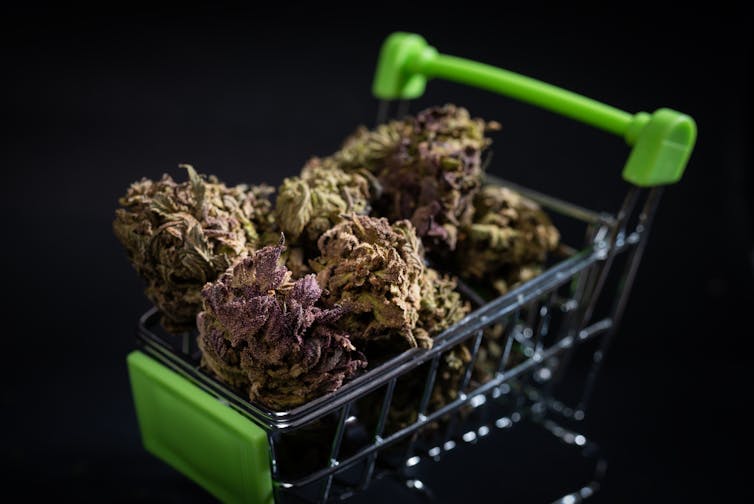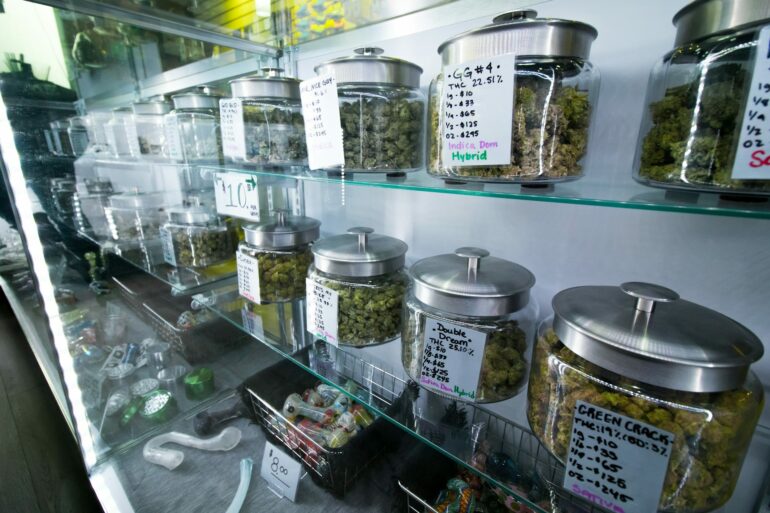Cannabis flower sold in Colorado claims to contain much more tetrahydrocannabinol, or THC, than it actually does, according to my findings published in the peer-reviewed journal Plos One.
THC is the psychoactive compound that is derived when cannabis flower – commonly referred to as “bud” – is heated through smoking or cooking.
Why it matters
Accurate THC reporting is a linchpin for medical patients, recreational consumers and the overall integrity of the cannabis industry. Medical and recreational flower is generally the same – the difference is in testing requirements, price, taxes and purchase limits. Misleading potency information can disrupt medical dosages, misguide recreational users and erode trust in an industry striving for legitimacy.
Consumers often associate higher THC levels in cannabis flower with superior quality, potentially leading to overpayment for products that may not meet their expectations. This misconception can also create incentives for cultivators, testing labs and dispensaries to generate higher THC numbers – whether through cultivation techniques or through testing fraud.
Additionally, testing for toxins, pesticides and total yeast and mold can also fall victim to falsification. Recent reports reveal instances where labs in New York and other states have passed products that should have failed. This casts doubt on the credibility of the broader testing processes in place.
How I did my work
I gathered a total of 23 cannabis flower samples from 10 dispensaries across the northern Colorado Front Range, which includes Denver, Fort Collins and Garden City. The samples encompassed 12 strains, including indica, sativa and hybrid types, and varied in reported THC values. Some had ranges, such as 12.8%-19.3% on the lower end and 28.07%-31.28% on the higher end, while others had single values, such as 16.4% or 17.4%.
I sent the samples to a third-party testing lab that does high-performance liquid chromatography, or HPLC. HPLC is a method to separate, identify and quantify components in mixtures based on their chemical properties. It is the most commonly used method in cannabis testing to analyze cannabinoids and detect contaminants. This can ensure product potency, safety and quality.
Approximately 70% of the labels reported THC percentages more than 15% higher than what was quantified through the lab.
Among the 23 flower samples analyzed, 18 displayed lower THC levels than reported – with 16 falling below 15% of the stated value, 13 falling below 30% of the reported THC and three samples falling below half of the reported THC. Notably, only one sample had slightly higher THC than reported. Four were within the reported range.
The observed disparity was not due to aging. When THC ages and degrades, it turns into cannabinol, or CBN. CBN was not found in measurable amounts in any of the samples, however, and further testing indicated stable THC levels over time.




